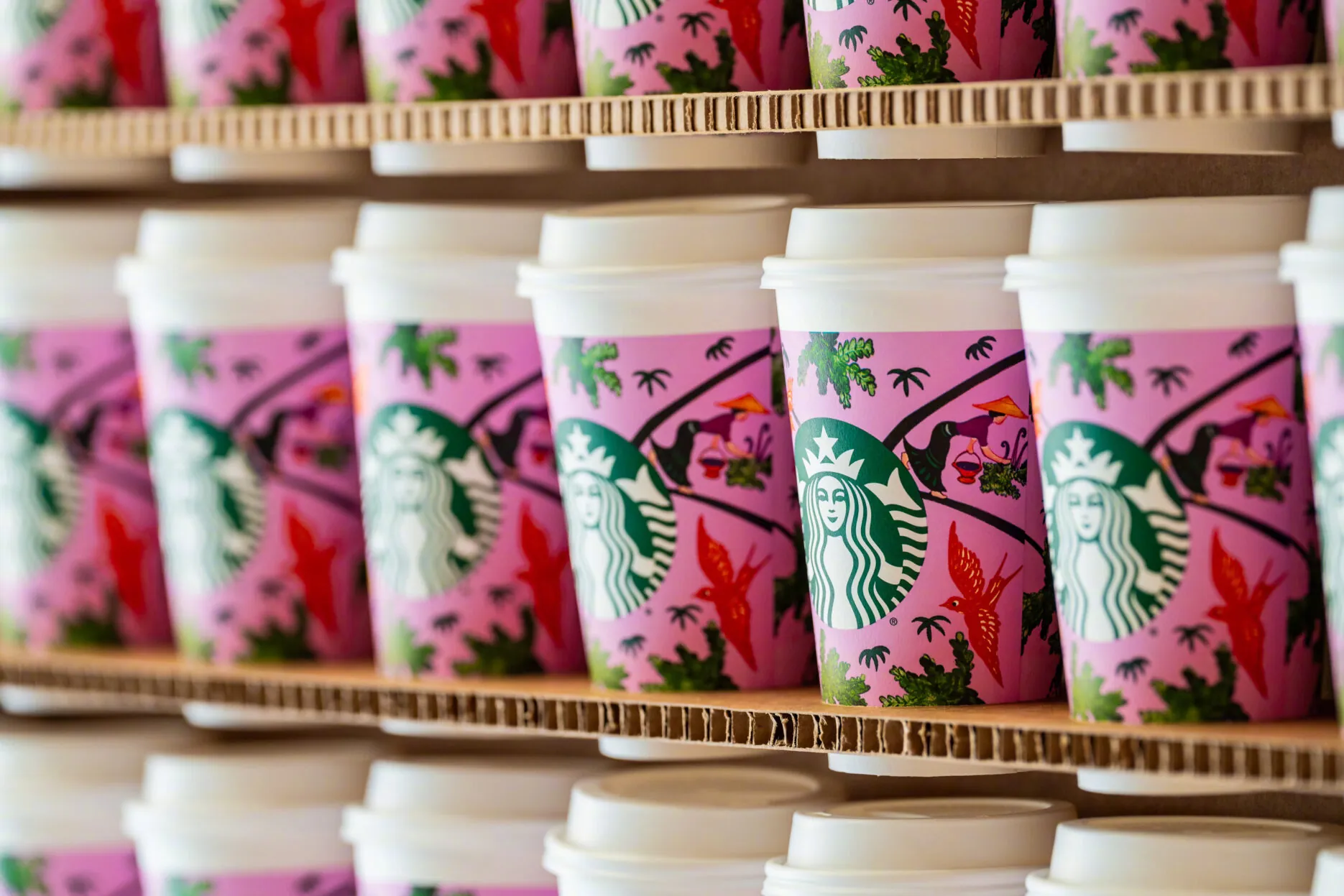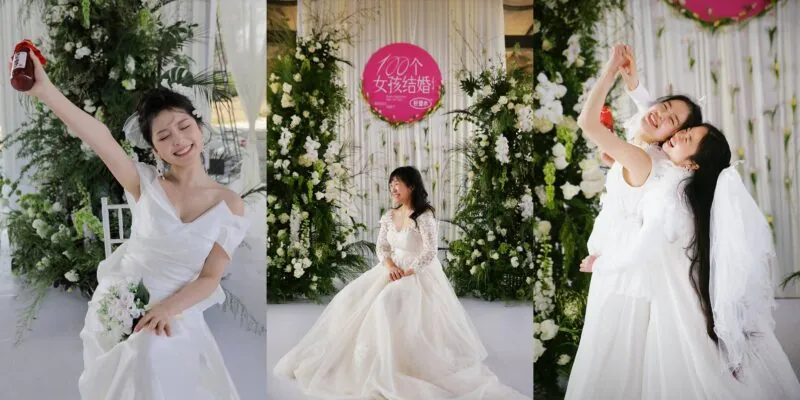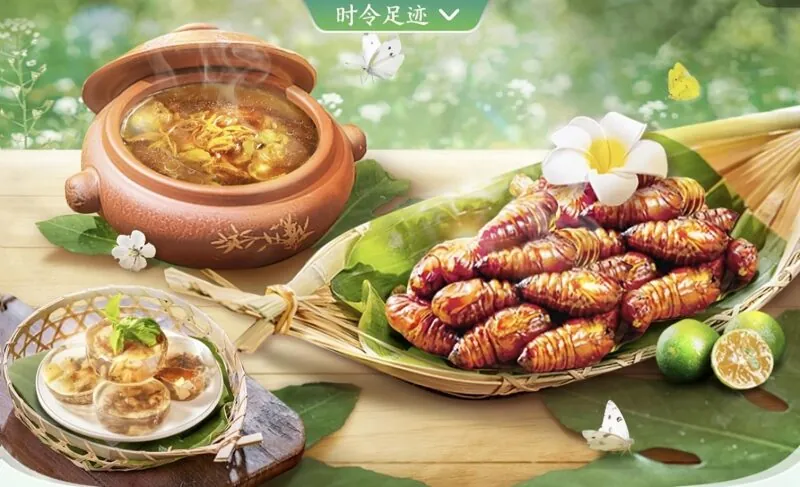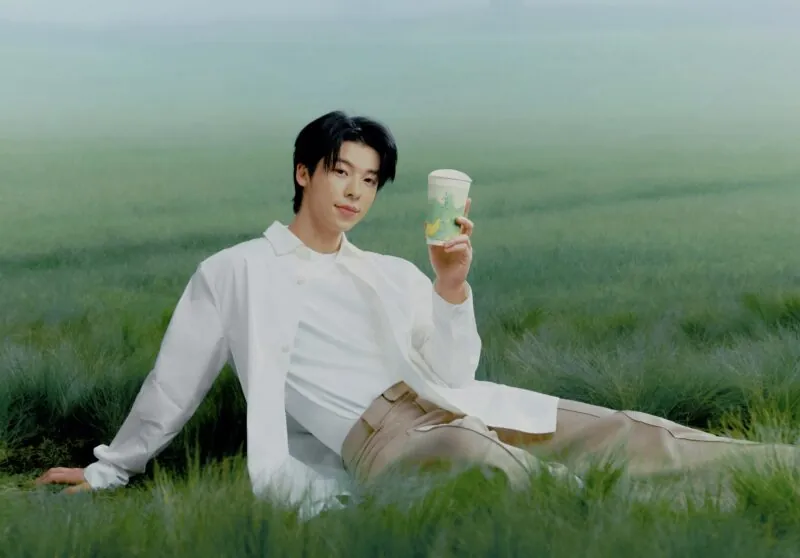Key Takeaways
- Starbucks China introduced a new springtime cup design promoting 4 Yunnanese rural painters.
- The artists’ work was further promoted in offline exhibitions in Shanghai, which consumers could engage in by collecting stamps at different locations.
- The chain is borrowing some tactics from its biggest rival Luckin whilst tapping into Guochao 3.0.
Starbucks landed on Chinese soil in 1999, but in some ways, it is just getting started in the market. For a long time, it might as well have been the only coffee chain in the country, so pervasive was its reign. Then Luckin changed everything.
Bursting onto the scene in 2017, the homegrown brand became China’s biggest coffee chain last year, in terms of both store count and profitability. But the senior leadership at Starbucks doesn’t view this milestone as a death knell, but instead as a catalyst for change. Belinda Wong, co-chairwoman and CEO of Starbucks China, called 2023 a “watershed year”: “We put the pandemic behind us, and built growth momentum for the future,” she said during the November earnings call. Meanwhile, the whole company CEO says Starbucks China is “still in its early days”.
This momentum can be glimpsed in this spring’s “Art Gallery in a Coffee Cup” (咖啡杯里的美术馆) initiative, which exemplifies the company’s proactive bid to meet Chinese consumers where they are and shed off the complacency once typical of foreign brands in China, for once and for all.
Starbucks is shedding off the complacency once typical of foreign brands in China
Guochao 3.0, rural edition
Collaborations with Chinese artists have become a popular way for foreign brands to engage with consumers since the third wave of Guochao, or “China chic”, arrived. Guochao 3.0 has seen Chinese consumers gain a voracious appetite for all things heritage – from fashion to food to art, China’s historical epochs and their aesthetics are all the rage. Contemporary Chinese artists who incorporate these elements have therefore become the perfect bedfellows for brands keen to appear cutting-edge. These artists can authentically pay homage to tradition, whilst respectfully experimenting with new interpretations.
Guochao 3.0 has seen Chinese consumers gain a voracious appetite for all things heritage
Luxury brands in particular have been successful at this. The artists chosen by these brands typically have received training at prestigious overseas institutions and accrued some acclaim in China already. Starbucks took a more down-to-earth approach. Tapping into the country’s mission of rural revitalisation, Starbucks showcased the artworks of 4 rural painters from Yunnan, the Southwestern province where 98% of China’s coffee is produced. Their vivid paintings of springtime pastoral scenes grace coffee cups across 6,000 stores nationwide this month. This is an unusual move for the brand, which, unlike the king of collaborations Hey Tea, rarely changes its cup design.
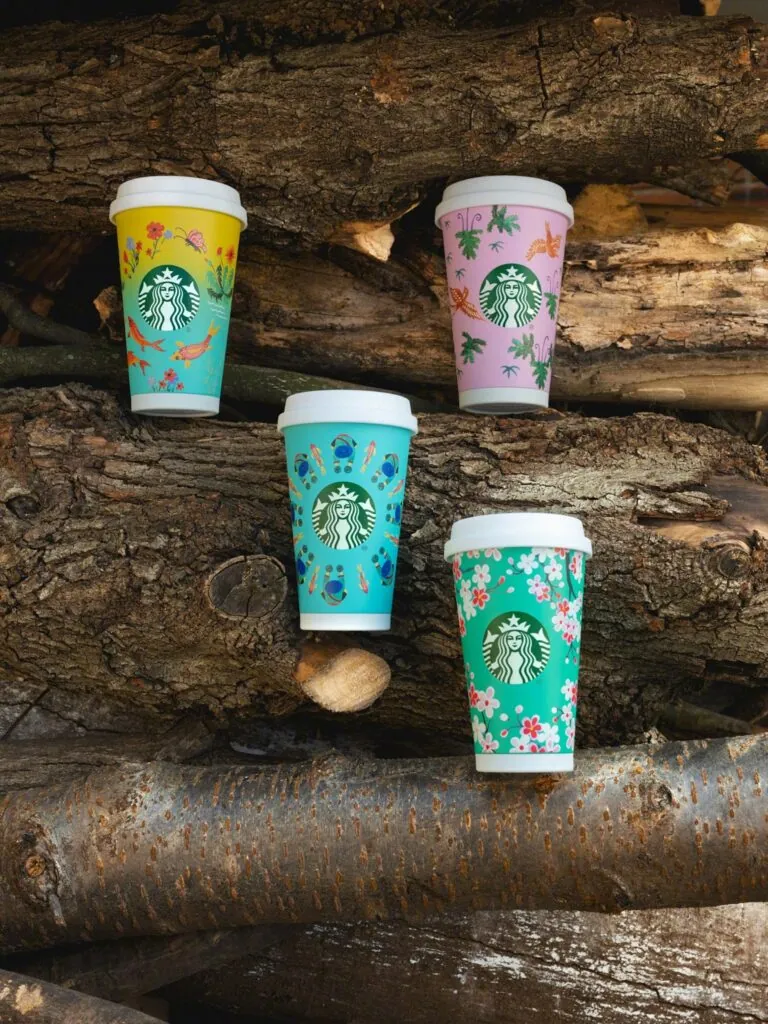
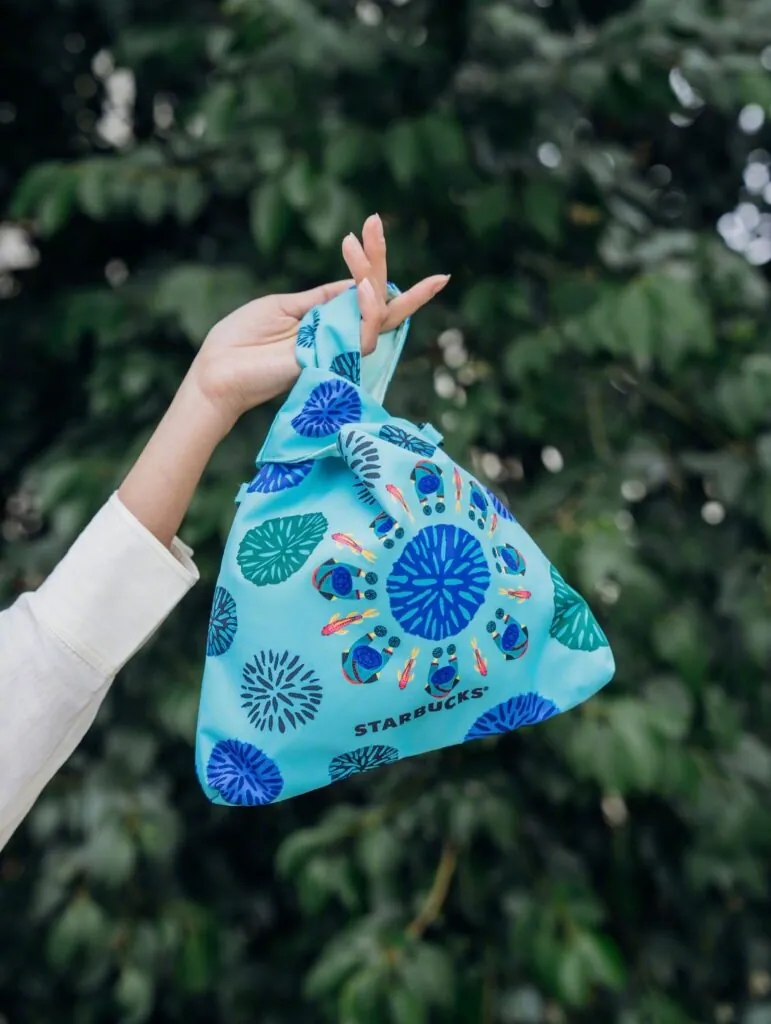
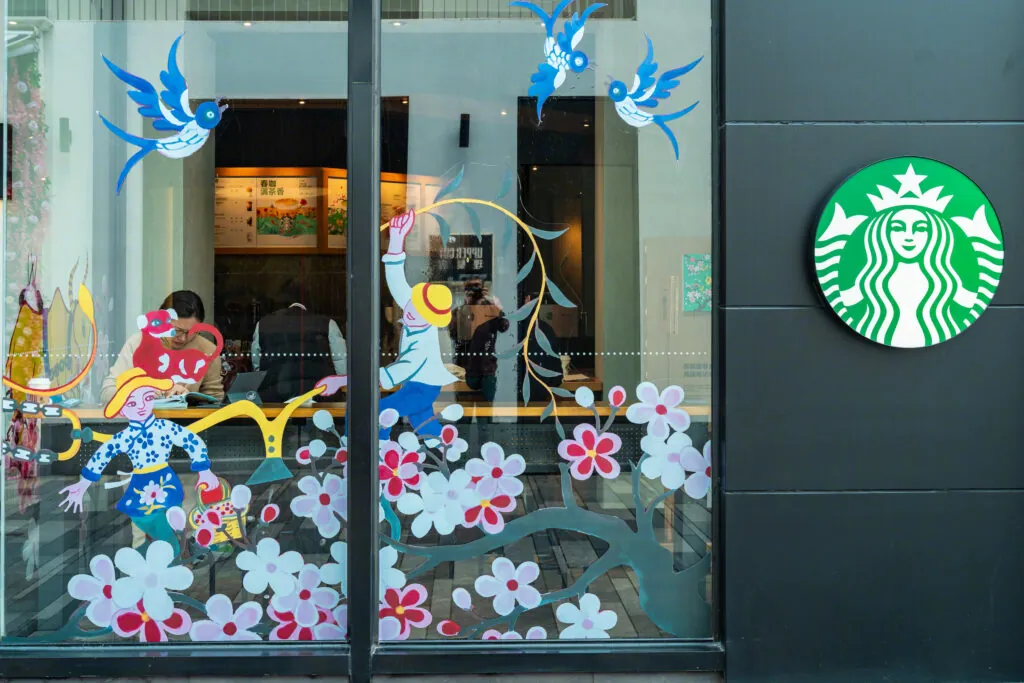

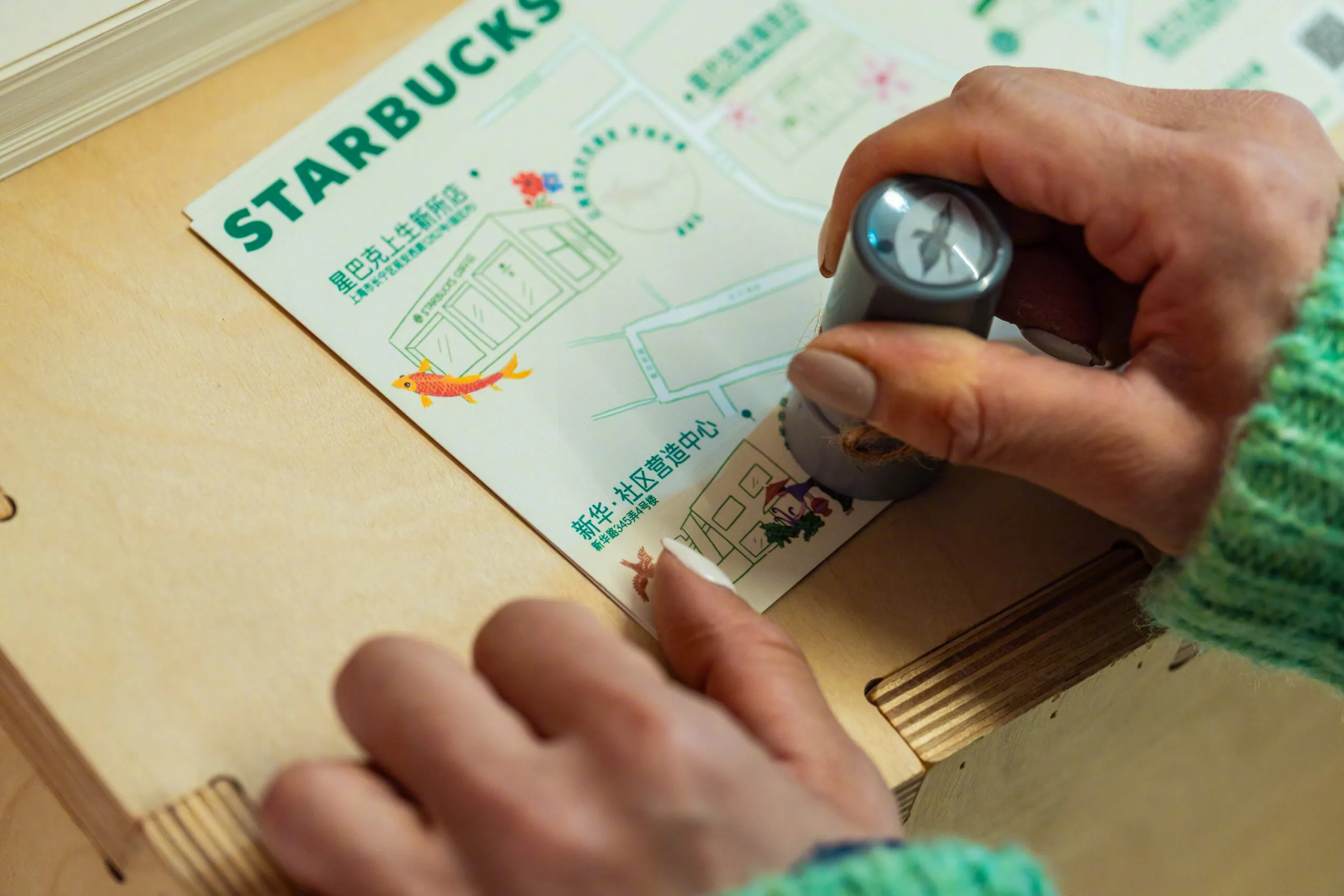
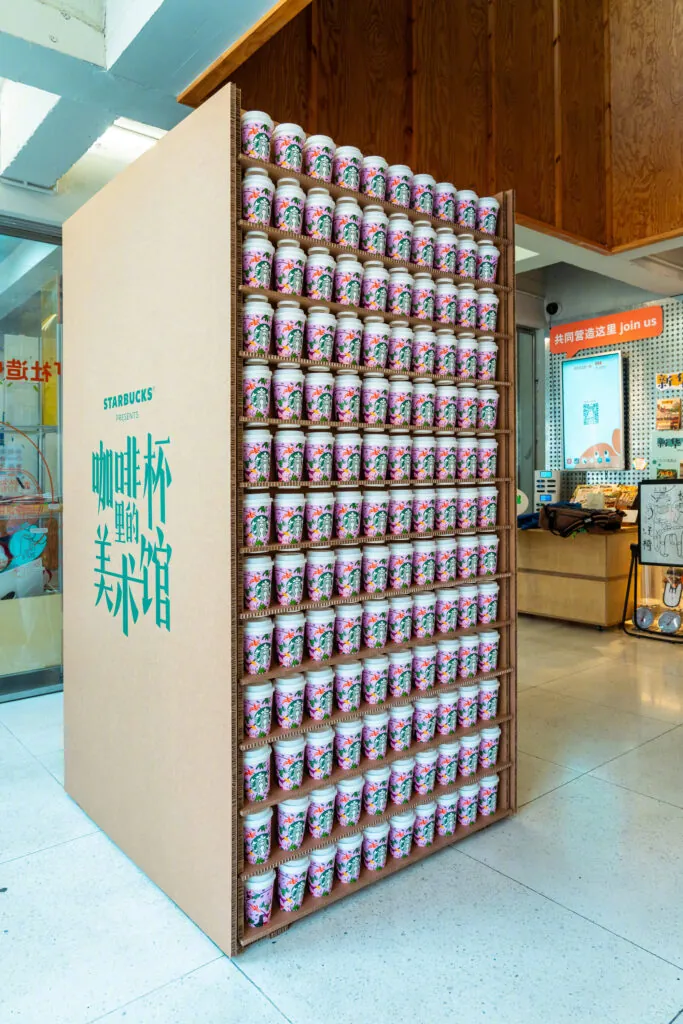
What’s more, these 4 artists are far from anonymous, with each given their own spotlight in the form of a social media campaign and solo exhibition at brick-and-mortar locations in Shanghai. These 4 exhibitions were linked together in an “Art Walk”, where consumers were encouraged to pay a visit to each one to collect a stamp on a physical map, incentivised by the tantalising offer of winning a tote bag bearing the Yunnanese artists’ designs.
Fresh out of luck
Starbucks’ biggest rival Luckin has become infamous for choosing unexpected and seemingly irrelevant collaboration partners – the provocative lingerie brand Victoria’s Secret is a notable example. This reputation came to a head last year when it teamed up with Moutai Kweichow for an internet-breaking “liquor latte”.
Chinese consumers are growing tired of shock-factor brand collaborations
These kinds of campaigns are undoubtedly effective in terms of short-term sales, but consumers are now growing tired of shock-factor brand collaborations. Moutai suffered significant fallout from its collaborations with Luckin and other brands because Chinese consumers identified something chaotic and ill-thought-out about these bids to seem edgy. Now, brands must be more carefully considered in their marketing choices and remain consistent in their messaging.
For the time being, Starbucks China has not quite ironed this out. It is dipping its toe in menu options engineered for social media virality, while also cultivating an image as a philanthropic brand. The two are perhaps not mutually exclusive, but the brand should reinforce a clear storytelling thread that runs throughout its campaigns.




